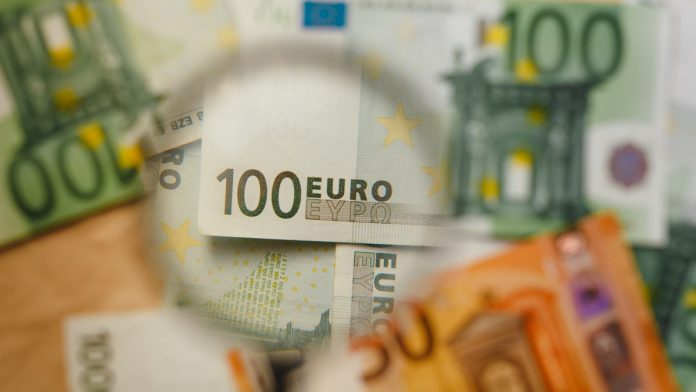Dismal eurozone data combined with news that UK Prime Minister Theresa May would not be ousted just yet sent the pound euro exchange rate higher last week. The pound climbed 0.3% versus the euro across the previous week closing at €1.1588.
| What do these figures mean? |
|---|
| When measuring the value of a pair of currencies, one set equals 1 unit and the other shows the current equivalent. As the market moves, the amount will vary from minute to minute. If the euro amount increases in this pairing, it’s positive for the pound. Or, if you were looking at it the other way around:1 EUR = 0.87271 GBPIn this example, €1 is equivalent to approximately £0.87. This measures the euro’s worth versus the British pound. If the sterling number gets larger, it’s good news for the euro. |
Last week was a quiet week for UK economic data. Brexit and UK politics remained in focus for pound traders. UK Prime Minister Theresa May learnt that party rules prevent her from being ousted, given that she survived a vote of no confidence in December. These rules will not be changed. This offered some support to the pound as fears were growing over which hard-line Brexiteer was going to take her place. Any such leadership contest has at least been pushed back.
Cross party talks were also under the spotlight. However, Brexit talks between the government and the opposition party, Labour, are reportedly making little to no headway. Brexit pessimism weighed on the pound and will continue to do so across the coming week.
| Why is a “soft” Brexit better for sterling than a “hard” Brexit? |
|---|
| A soft Brexit implies anything less than UK’s complete withdrawal from the EU. For example, it could mean the UK retains some form of membership to the European Union single market in exchange for some free movement of people, i.e. immigration. This is considered more positive than a “hard” Brexit, which is a full severance from the EU. The reason “soft” is considered more pound-friendly is because the economic impact would be lower. If there is less negative impact on the economy, foreign investors will continue to invest in the UK. As investment requires local currency, this increased demand for the pound then boosts its value. |
The only high impacting data released last week showed that UK public net borrowing dropped to a 17 year low. The pound has been shrugging off any strong data in the face of lingering Brexit uncertainty.
This week there is more data and a Bank of England rate decision for pound traders to contend with. Today is the release of UK consumer confidence data. Analysts are not predicting any vast improvement in consumer confidence, which remains subdued on Brexit fears.
Euro GDP To Highlight Bloc’s Troubles?
The euro was out of favour across the previous week. Data from the eurozone and particularly from Germany, the largest economy in the eurozone was notably weak. This has fanned concerns over the health of the bloc’s economy. The European Central Bank has grown increasingly dovish on the back of the dismal data and in the hope of shoring up market confidence.
| Why do raised interest rates boost a currency’s value? |
|---|
| Interest rates are key to understanding exchange rate movements. Those who have large sums of money to invest want the highest return on their investments. Higher interest rate environments tend to offer higher yields. So, if the interest rate or at least the interest rate expectation of a country is relatively higher compared to another, then it attracts more foreign capital investment. Large corporations and investors need local currency to invest. More local currency used then boosts the demand of that currency, pushing the value higher. |
Analysts are not expecting elections in Spain to have an impact on the euro. The governing Socialist party won, but may need the support of a coalition. The far—right party, Vox, won the first sizeable representation in Parliament since the death of Franco.
This week investors will look towards GDP data for the bloc. Should the data show that the economy is starting to turn around, euro traders could have a reason to cheer. That said, the previous quarter printed 0.1% below forecast. Recent data has also been weak. A weaker than forecast print might not be so surprising.
This publication is provided for general information purposes only and is not intended to cover every aspect of the topics with which it deals. It is not intended to amount to advice on which you should rely. You must obtain professional or specialist advice before taking, or refraining from, any action on the basis of the content in this publication. The information in this publication does not constitute legal, tax or other professional advice from TransferWise Inc., Currency Live or its affiliates. Prior results do not guarantee a similar outcome. We make no representations, warranties or guarantees, whether express or implied, that the content in the publication is accurate, complete or up to date. Consult our risk warning page for more details.
This article was initially published on TransferWise.com from the same author. The content at Currency Live is the sole opinion of the authors and in no way reflects the views of TransferWise Inc.





